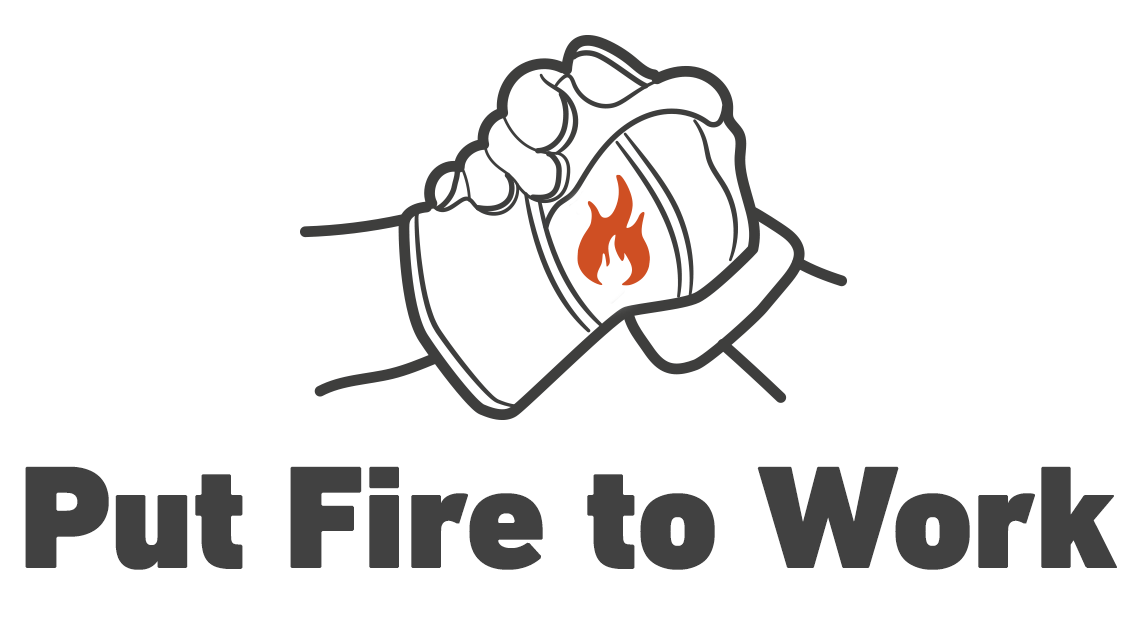Not sure where to start, or need more context? These seven case studies from landscapes throughout the West lay the groundwork for engaging communities in prescribed fire and smoke.
Field Tours
Tailor your tour by audience. Recreational users will be most interested in the ways that prescribed fire keeps land accessible for their favorite pastimes. Land managers will be more receptive to a tour geared to their restoration and revenue challenges, and more engaged in an audience of their peers.
Worth your while.
“Field trips are worth investing in. Well-executed tours allow for some of the most effective direct engagement around prescribed fire. Practitioners consistently report the effort versus outcome to be among the best of any outreach activity.”
Best Practices for Field Tours
Field trips for prescribed burns are typically conducted at live prescribed burns, pre- or post-burn sites, or other restoration areas. Planning can be challenging, particularly when you are taking people to an active burn. Not only can it be difficult to set an exact date for when a burn will be conducted and paired with a field trip, there may also be challenges due to remote burn locations, difficult roads, differing agency policies, and necessary safety measures.
Site Selection
Have a set of backup options in case there isn’t a prescribed burn happening that day— either a different site that might still meet your objectives, or rescheduling for a different day. Or, identify a set of dates or a timeframe with the understanding that the target audience must be flexible—communicating how and why burn windows are formulated helps your audience understand the careful planning and protocols involved.
Determine site access and whether you need to carpool for safe travel to and from.
Consider drive times and if there needs to be access to bathrooms, food, and water.
Planning
Set expectations early with your target audience.
Develop an agenda and ensure all partners have opportunities to participate and present, particularly when stakeholders/VIPs and press are present.
Coordinate with the agency or organization conducting the burn, including the prescribed fire operations folks such as the burn boss, as well as their public information officer (PIO) and communications staff.
Safety
Determine what type of escort is needed. Oftentimes a qualified firefighter or agency PIO is required to escort people near a burn (agency/organization dependent). Their presence can work to enhance burn credibility and a feeling of “insider” status among the tour audience.
Determine the type of personal protective equipment (PPE) that might be needed (agency/organization dependent). Coveralls can be a great option, and can reduce uncomfortable interactions about pant and shirt sizes that no one wants to have!
Media Engagement
At active burn sites, either during prescribed fire operations or during mop-up and patrol, it is highly encouraged (if and when safe and appropriate to do so) to have a member of the prescribed fire crew speak to your target audience or give an interview to the press.
Resources for Field Tours
Deschutes Forest Collaborative—2019 Lava Lands Tour
Participant Agenda
Facilitator’s Agenda
Take-Home Brochure
Appalachian Fire—Fire Learning Trail
This self-guided field tour or “enhanced interpretive trail” is supported with trail signage and a podcast series tailored to particular viewpoints. Even without current social distancing protocols, self-guided tours are a strategic, long-term investment to build awareness of prescribed fire in highly-trafficked areas.


